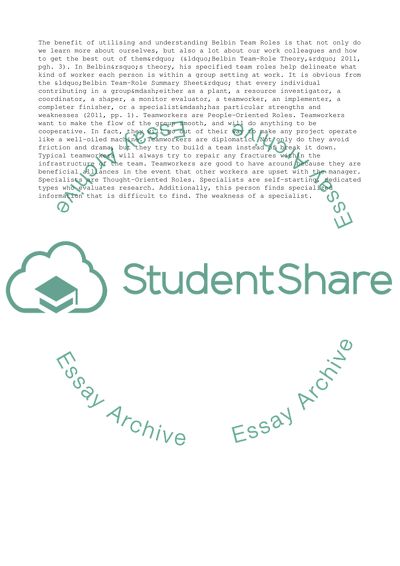Cite this document
(“Belbins team-role theory Essay Example | Topics and Well Written Essays - 2500 words - 1”, n.d.)
Retrieved from https://studentshare.org/management/1575860-project-management-mock-exam-paper
Retrieved from https://studentshare.org/management/1575860-project-management-mock-exam-paper
(Belbins Team-Role Theory Essay Example | Topics and Well Written Essays - 2500 Words - 1)
https://studentshare.org/management/1575860-project-management-mock-exam-paper.
https://studentshare.org/management/1575860-project-management-mock-exam-paper.
“Belbins Team-Role Theory Essay Example | Topics and Well Written Essays - 2500 Words - 1”, n.d. https://studentshare.org/management/1575860-project-management-mock-exam-paper.


